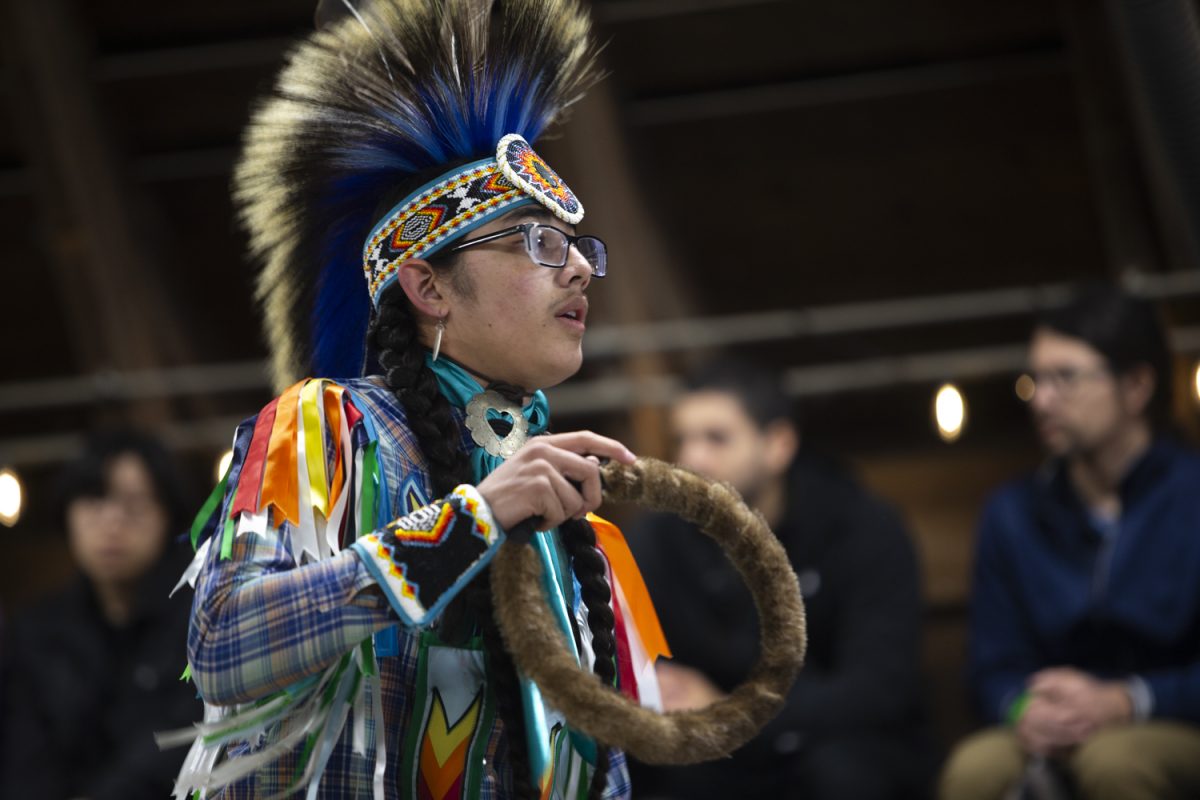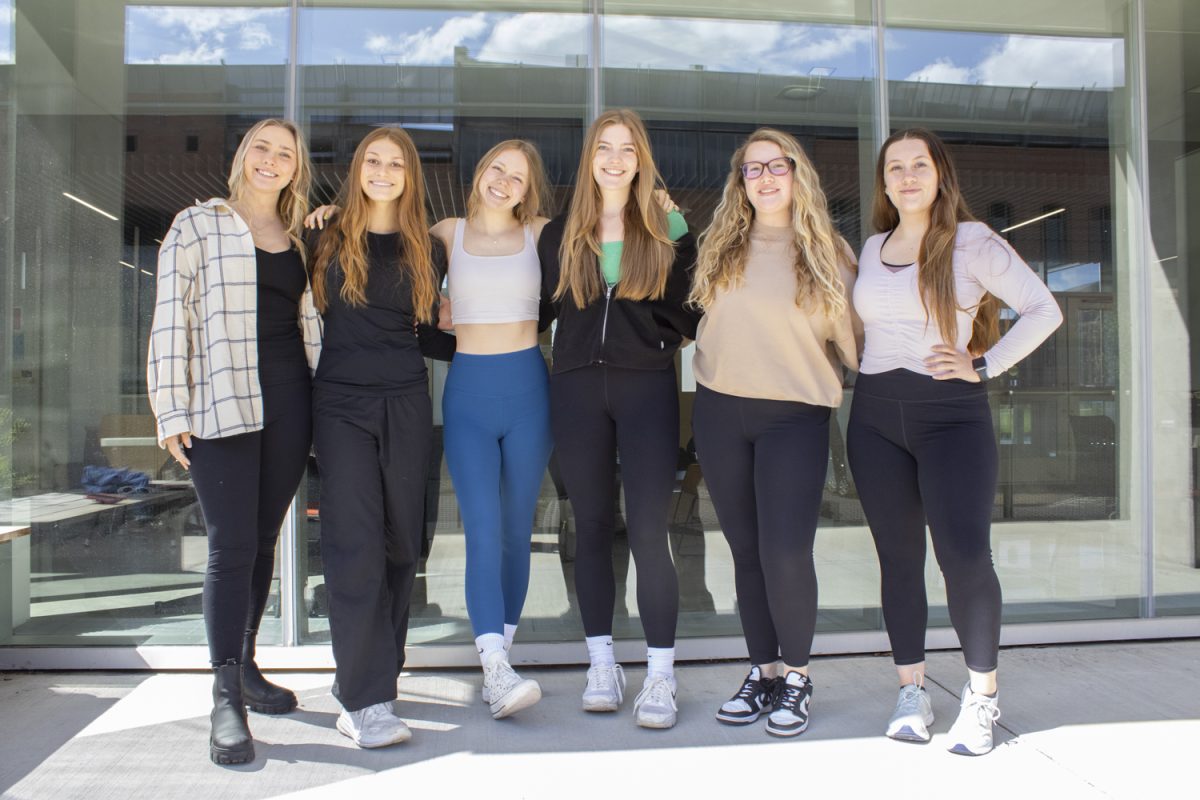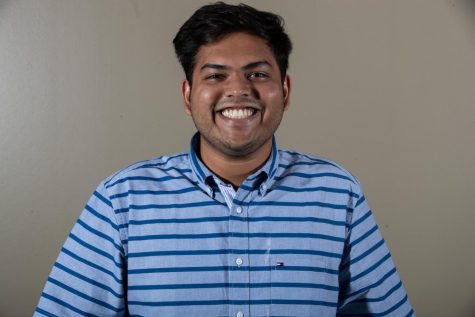The days of a rare inherited eye disease that can cause blindness may be limited because of a newly approved gene therapy.
The Stephen A. Wynn Institute for Vision Research at the University of Iowa made history in December 2017, when the Food and Drug Administration approved a gene therapy to improve vision for children and adults with a rare, inherited blinding eye disease.
The procedure will be the first gene therapy to correct an inherited genetic mutation using a gene injected into a patient.
The federal agency has approved the gene therapy Luxturna for the treatment of patients with confirmed biallelic RPE65 mutation-associated retinal dystrophy that leads to vision loss and may cause complete blindness in certain patients, said Tom Moore, the UI Health Care media-relations director, in an email to The Daily Iowan.
“The other two gene therapies approved in 2017, along with this one, were ones in which white blood cells were taken out of the body, treated externally with gene therapy, and were then put back into the body,” UI Professor Stephen Russell, the service director of vitreo-retinal diseases and surgery. “But this one involves placing the gene therapy in the body and having it work inside.”
Patients with RPE65 mutations have severe visual impairments from infancy or early childhood that can eventually progress to total blindness in midlife.
Approximately 1,000 to 2,000 people in the United States are affected by the degenerative disease, known as Leber congenital amaurosis, a Carver College of Medicine press release said.
Luxturna works by delivering a normal copy of the RPE65 gene directly to retinal cells, Moore said. These retinal cells then produce the normal protein that converts light to an electrical signal in the retina to restore patients’ vision loss, he said.
Moore said the procedure uses a naturally occurring adeno-associated virus, which has been modified using recombinant DNA techniques, as a vehicle to deliver the normal human RPE65 gene to the retinal cells.
“Patients who were legally blind improve enough that they can function well in school, obtain jobs for the first time, and even drive,” Moore said. “The bravery of the study participants and the skill of the researchers were the keys to making this groundbreaking advance.”
Russell and physician Al Maguire of the University of Pennsylvania were the two principal investigators in the study.
“The FDA approved the drug and is now in the process of being evaluated by insurance companies to determine payment,” Russell said.
It is difficult to deal with a drug that is not given on an ongoing basis and is used in a one-time treatment, he noted.
“Because of FDA approval, it should be available to many more patients,” said Associate Professor Arlene Drack of the UI Ophthalmology Department, in an email to The Daily Iowan. “It will give hope to patients with other kinds of genetic blindness that there is a path to treatment, through research.”
The treatment has improved the lives of many patients, she said. It is important the FDA has approved this treatment after many years of research at many locations, including the UI, Drack noted.
“This is the first gene therapy for an inherited disease approved by the FDA in the United States,” he said. “It sends a signal that this is a possible methodology. Now, we have a point on the board and can work from here.”












